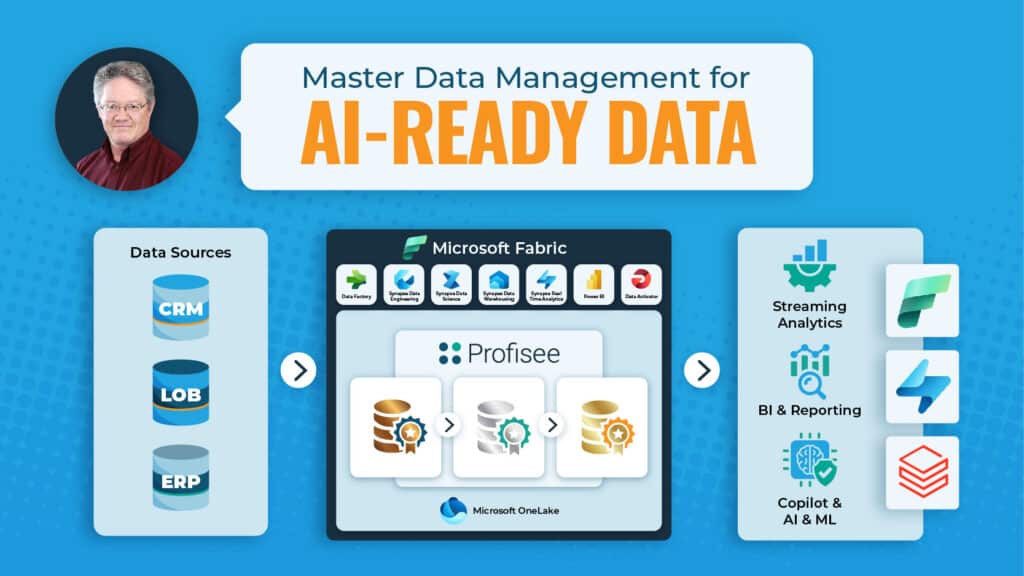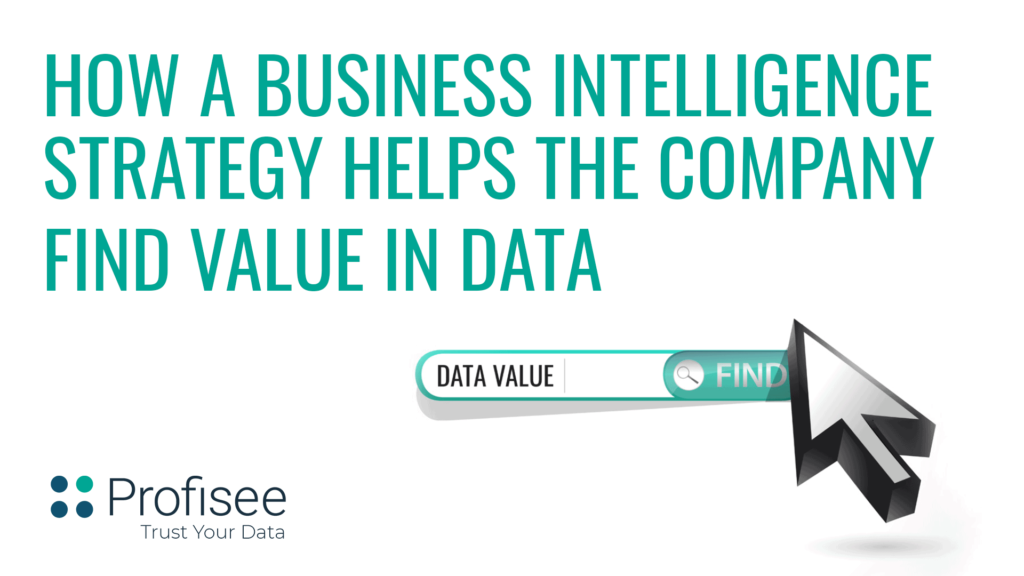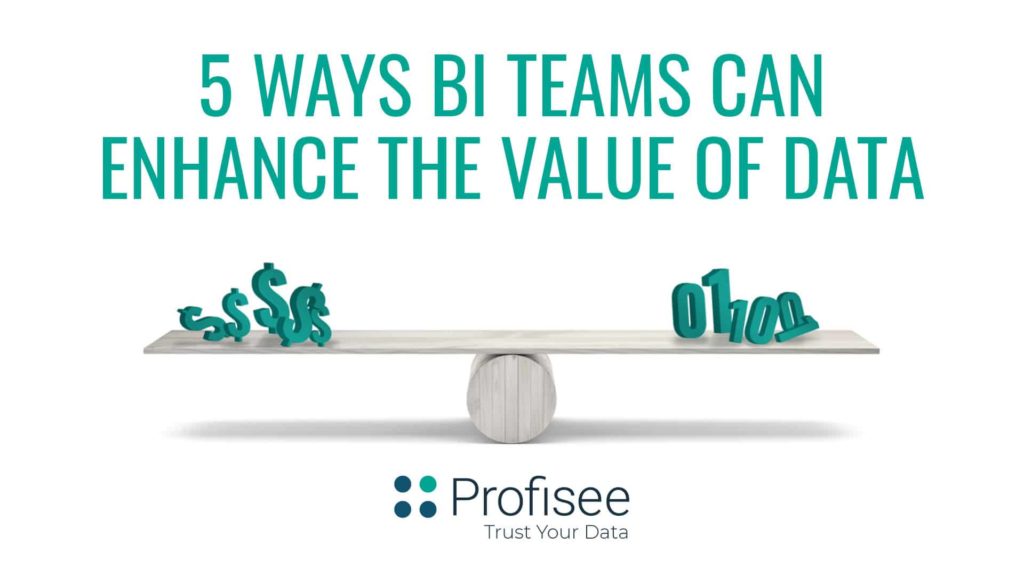Here’s an interesting finding from Gartner’s CIO Agenda for 2019: When asked about which technology area organizations will be increasing their investments, 45% of respondents replied that the money would go to business intelligence or data analytics solutions.
No other technology – with the exception of cybersecurity (40%) – even came close to that.
It appears that master data management technology wasn’t represented among the choices for the question – or if it was, it may have been selected by too few respondents to make the cut. Either way, it opens the door to another question: Has the case for the connection between MDM and BI not been presented to the business in as clear and comprehensive a manner as it should be?
If so, we’ll take the opportunity here to provide some industry use cases that demand that there be a single, centralized view of trustworthy data for an effective business intelligence strategy:
- The banking industry is going through a major evolution, as traditional institutions attempt to increase their agility to respond to upstart fin-techs and online-only competitors. For starters, they could analyze all their customer data – no matter where it resides – to gain a 360-degree picture of each client.
With unique customer data in-hand, a bank could improve targeted marketing. Maybe, for instance, it could analyze and segment all its customers into different “boxes” to determine which of them are more likely to want new types of services – perhaps, for instance, millennials might be most interested in new features for mobile banking.
- In the manufacturing sector, a company’s physical network may include plants, warehouses and other facilities spread throughout different geographical areas. Product lines may vary quite a bit, too. Such diversity often adds up to having fractured customer, product and location records across division environments. That could create issues such as having one line-of-business extending credit to the same customer that another division had placed on hold for non-payment.
Being able to have a holistic view of their customers and product sales across locations would allow the manufacturer to perform at a much higher level of business analysis and eliminate unacceptable risks.
- When it comes to healthcare, a big trend is toward consolidation, such as those between hospitals and clinician practices or care delivery operators with insurance companies. In some cases, one or both of the merger or acquisition parties operates multiple facilities, such as nursing homes or physical therapy centers, to service patient populations.
Consolidation of all their facility-related data might be hampered by the fact that one or both of the entities don’t have a way to ensure accurate and consistent data in-house, not to mention across each other’s environments. Addressing that issue will make the consolidation easier: Analytics around it will improve and speed tasks such as identifying which facilities should be sold to avoid duplicating services in the same geographical area.
Hopefully it is clear, the companies in these sectors – indeed, in businesses of every type – depend on business intelligence solutions for analytics purposes, with the aim of generating accurate reports, charts, graphs and so on to answer questions that involve customer and product use, operational location, and mergers and acquisition comparison data, to name just a few.
But without master data that is clean, matched from all source systems to eliminate duplicates and adaptable and sustainable to accommodate change, there’s a very good chance that the business intelligence strategy is off and the BI conclusions won’t be accurate.
The point is that without an MDM solution where master data resides in a hub to create a golden record and where it’s possible to share reference data across domains, BI software won’t be able to draw on trusted data to gain an all-encompassing and single-version-of-the-truth for customers, products, locations or any other entity and attribute that define a business.
If data can’t be trusted, business leaders may as well rely on instinct to guide their decisions – as so many still do. That’s surely a reason for companies to invest more in MDM technology, isn’t it?

Forrest Brown
Forrest Brown is the Content Marketing Manager at Profisee and has been writing about B2B tech for eight years, spanning software categories like project management, enterprise resource planning (ERP) and now master data management (MDM). When he's not at work, Forrest enjoys playing music, writing and exploring the Atlanta food scene.











